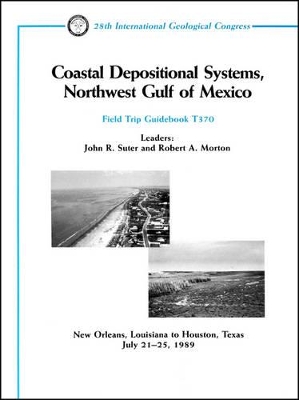Field Trip Guidebooks
1 total work
Coastal Depositional Systems, Northwest Gulf of Mexico
by John R. Suter, Robert A Morton, and Shea Penland
Published by the American Geophysical Union as part of the Field Trip Guidebooks Series, Volume 370.
Modern depositional environments displayed along the northwestern Gulf of Mexico were the first widely accepted sedimentary facies models, and successfully guided exploration and production of a variety of energy and nonfuel resources, such as petroleum, lignite, uranium, geothermal energy, construction aggregate, and groundwater. Because these industrial activities both required and provided a tremendous database, the depositional environments of the Gulf Coast are among the best known anywhere. This guidebook describes selected features of the northwestern Gulf of Mexico shoreline, ranging from the modern Mississippi delta and Louisiana coastal plain to the late Holocene and Pleistocene sediments of Texas. The field stops reveal a spectrum of transgressive and regressive sequences coexisting along a microtidal storm-dominated coast undergoing a significant reduction in sediment supply (both natural and human-induced) and a slight sea level rise.
